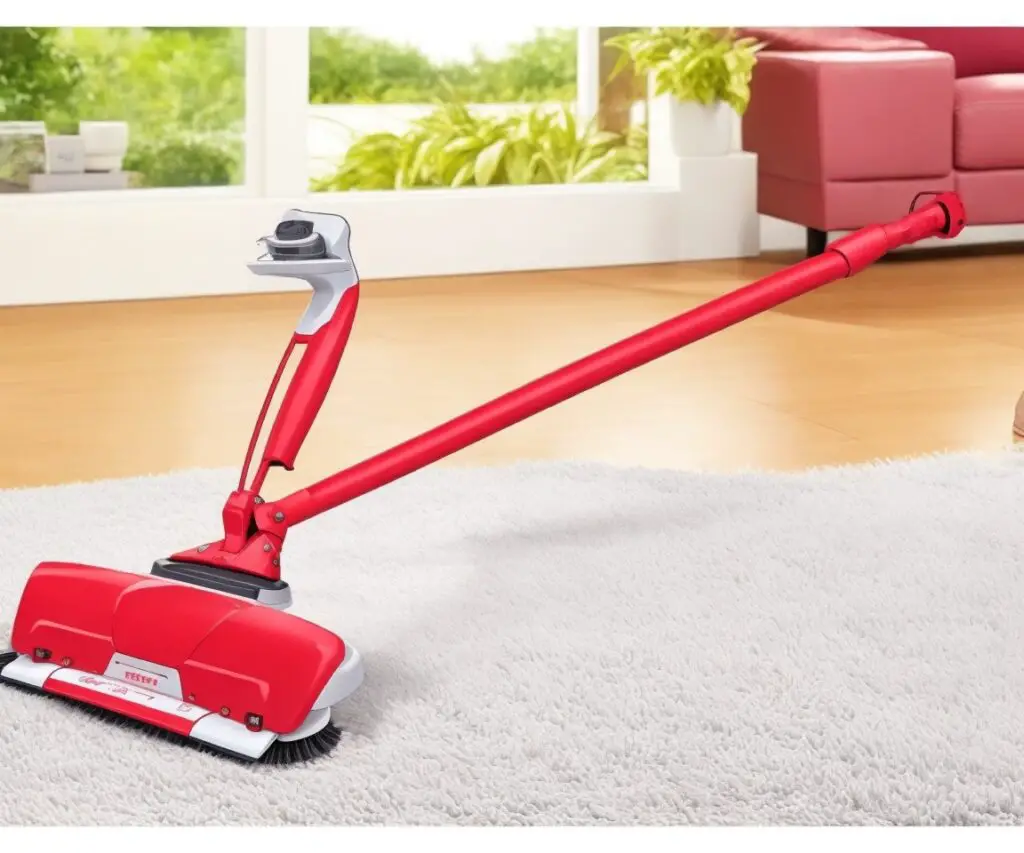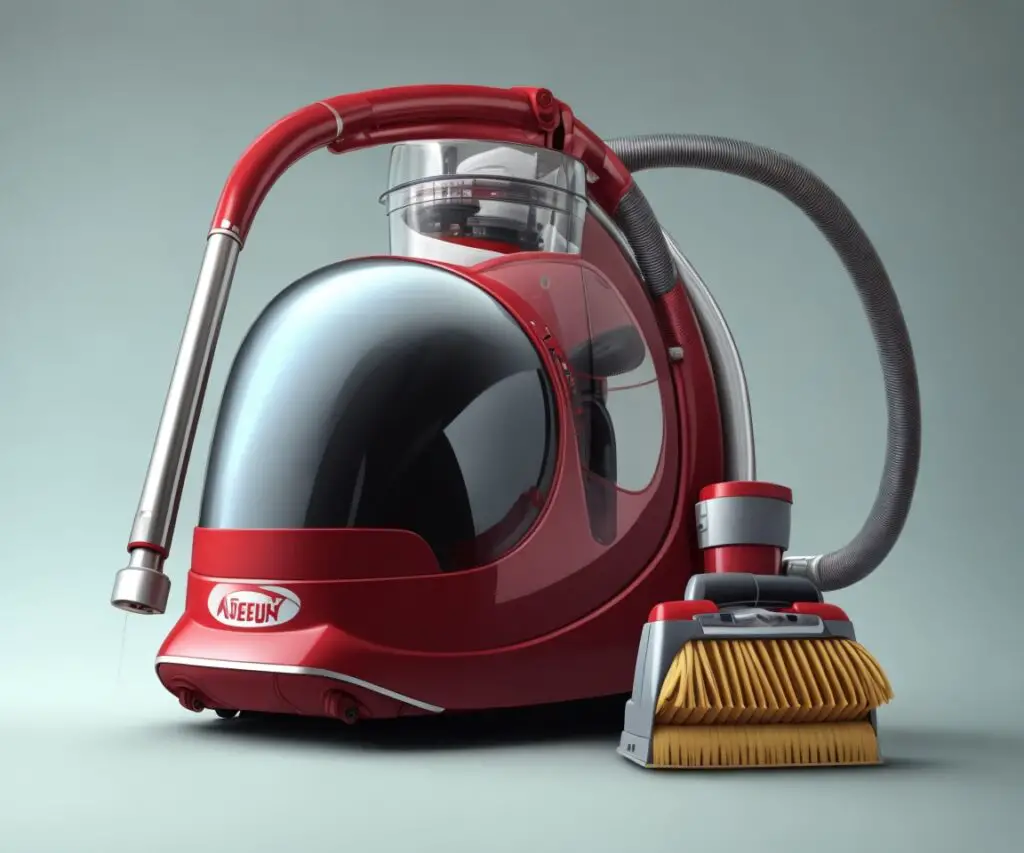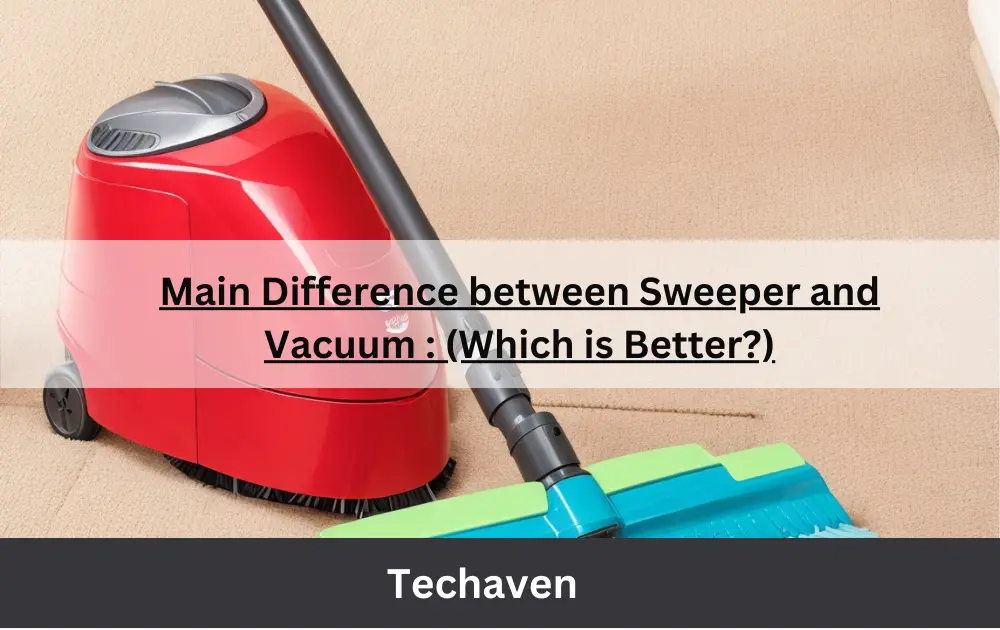Maintaining a clean and healthy living environment is essential for our well-being and overall quality of life. With numerous cleaning tools available in today’s market, choosing the right one for your home can be a daunting task. In this comprehensive guide, we will explore the ins and outs of two popular cleaning tools: sweepers and vacuums. We will delve into their definitions, purposes, types, pros and cons, and differences to help you make an informed decision about which one best suits your needs. So, let’s begin our journey to finding the perfect cleaning tool for you!
Importance of Cleaning Tools
Cleaning tools are essential for maintaining a clean, dust-free, and hygienic living space. They help remove dirt, dust, and debris from various surfaces, improving indoor air quality and reducing allergens. By investing in the right cleaning tool, you not only enhance the appearance of your home but also promote a healthier environment for you and your loved ones.
What is a Sweeper?
A sweeper is a cleaning tool designed to collect and remove dirt, dust, and debris from floors and other surfaces. It typically consists of a brush or a series of brushes that rotate and push the debris into a collection bin or container. Sweepers are commonly used for cleaning hard floors, carpets, and outdoor spaces like patios and sidewalks.

Types of Sweepers
Sweepers come in various types, including:
Manual Sweepers
These are simple, non-electric devices that rely on human power to operate. They usually have a long handle and a brush system that moves as you push the sweeper across the floor, collecting debris in a collection bin.
Electric Sweepers
Electric sweepers are powered by either a battery or a corded connection to an electrical outlet. They have rotating brushes or a motorized brush system that efficiently picks up debris from the floor as you move the sweeper.
Robotic Sweepers
Robotic sweepers are automated cleaning devices that navigate independently around your home, collecting dirt and debris. They typically use sensors to avoid obstacles and some models can be programmed to clean specific areas or follow a schedule.
Pros and Cons of Sweepers
Pros
- Lightweight and easy to maneuver
- Usually quieter than vacuums
- Simple to maintain and clean
- Can be used on various surfaces
- Cost-effective
Cons
- Less effective at removing fine dust particles
- Not ideal for deep cleaning carpets
- Manual sweepers require more physical effort
What is a Vacuum?
A vacuum cleaner is an electric device that uses suction power to remove dirt, dust, and debris from floors, carpets, upholstery, and other surfaces. It typically consists of a motor, a suction fan, a filter, and a collection container or bag. Vacuum cleaners are designed for more thorough and efficient cleaning compared to sweepers.

Types of Vacuums
There are several types of vacuum cleaners, including:
Upright Vacuums
Upright vacuums are tall, stand-up models featuring a motor and suction head connected by a rigid body. They are best suited for cleaning carpets and large areas.
Canister Vacuums
Canister vacuums consist of a separate motorized unit and a flexible hose attached to a cleaning head. They are versatile and suitable for cleaning various surfaces, including carpets, hard floors, and upholstery.
Robotic Vacuums
Robotic vacuums are autonomous cleaning devices that use sensors and navigation technology to clean floors independently. They can be programmed to follow a specific cleaning schedule and some models can even return to their charging base when low on battery.
Pros and Cons of Vacuums
Pros
- More powerful and efficient at removing dirt and dust
- Suitable for deep cleaning carpets and upholstery
- Can be used on various surfaces
- Many models offer advanced features and attachments
Cons
- Tend to be heavier and bulkier than sweepers
- Can be noisy
- Require regular maintenance, like changing filters and bags
Differences between Sweepers and Vacuums
| Feature | Sweepers | Vacuums |
|---|---|---|
| Cleaning Mechanism | Brushes or brush system | Suction power |
| Effectiveness | Good for larger debris | Better for fine particles and deep cleaning |
| Surface Compatibility | Hard floors, low-pile carpets, outdoor spaces | Hard floors, carpets, upholstery, various surfaces |
| Mobility and Ease of Use | Lightweight and maneuverable | Heavier and bulkier, but more powerful |
| Maintenance | Low maintenance, fewer moving parts | Regular maintenance, filter and bag replacement |
| Cost | Generally more affordable | Higher initial cost and maintenance expenses |
| Noise Level | Quieter | Can be noisy |
| Attachments and Features | Limited or none | Advanced features and attachments available |
Cleaning Mechanism and Effectiveness
Sweepers use brushes or a brush system to push debris into a collection bin, while vacuums use suction power to lift and remove dirt and dust. Vacuums are generally more effective at removing fine particles and deep cleaning carpets compared to sweepers.
Surface Compatibility
Both sweepers and vacuums can be used on various surfaces, but vacuums offer more versatility due to their adjustable settings, suction power, and attachment options.
Mobility and Ease of Use
Sweepers tend to be lighter and more maneuverable than vacuums, making them easier to use, especially in tight spaces. However, vacuums offer more cleaning power and efficiency, which may be more important for some users.
Maintenance and Cost Factors
Sweepers usually require less maintenance compared to vacuums, as they have fewermoving parts and don’t rely on filters or bags that need to be replaced. Additionally, sweepers are generally more affordable than vacuums. However, vacuums provide a more thorough cleaning, which may justify the higher cost and maintenance requirements for some users.
Which is Better: Sweeper or Vacuum?
The choice between a sweeper and a vacuum depends on several factors, including your cleaning requirements, preferences, and the surfaces you need to clean.
Factors to Consider When Choosing between the Two
- Cleaning requirements: If you need a more thorough and efficient cleaning tool, a vacuum cleaner is the better option. However, if you’re looking for a simple and lightweight device for quick cleanups, a sweeper might be more suitable.
- Preferences: Your personal preferences play a significant role in your decision. If you prioritize mobility and ease of use, a sweeper may be more appealing. On the other hand, if advanced features and attachments are important to you, a vacuum cleaner would be a better fit.
- Surface compatibility: Consider the types of surfaces you need to clean. If your home has mainly hard floors or low-pile carpets, a sweeper might suffice. However, if you have high-pile carpets, upholstery, or other surfaces that require more powerful cleaning, a vacuum would be the better choice.
Suitability for Different Surfaces and Environments
Each cleaning tool has its strengths and weaknesses when it comes to specific surfaces and environments:
- Sweepers: Best suited for hard floors, low-pile carpets, and outdoor spaces like patios and sidewalks. They are also great for quick cleanups and spot cleaning.
Vacuums: Ideal for deep cleaning carpets, upholstery, and various surfaces, including hard floors. They are more effective at removing fine particles and allergens, making them an excellent choice for maintaining a healthier living environment.

